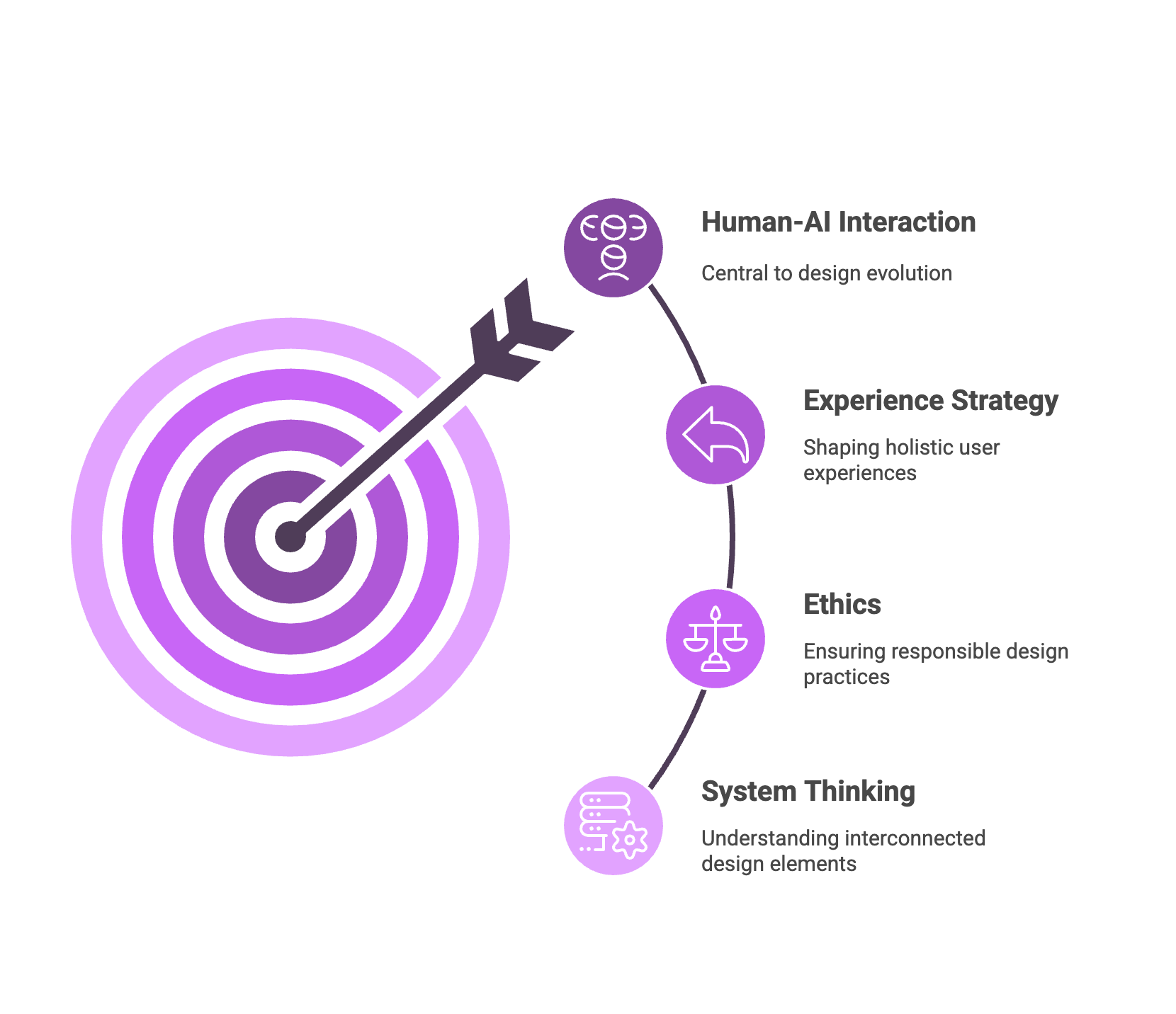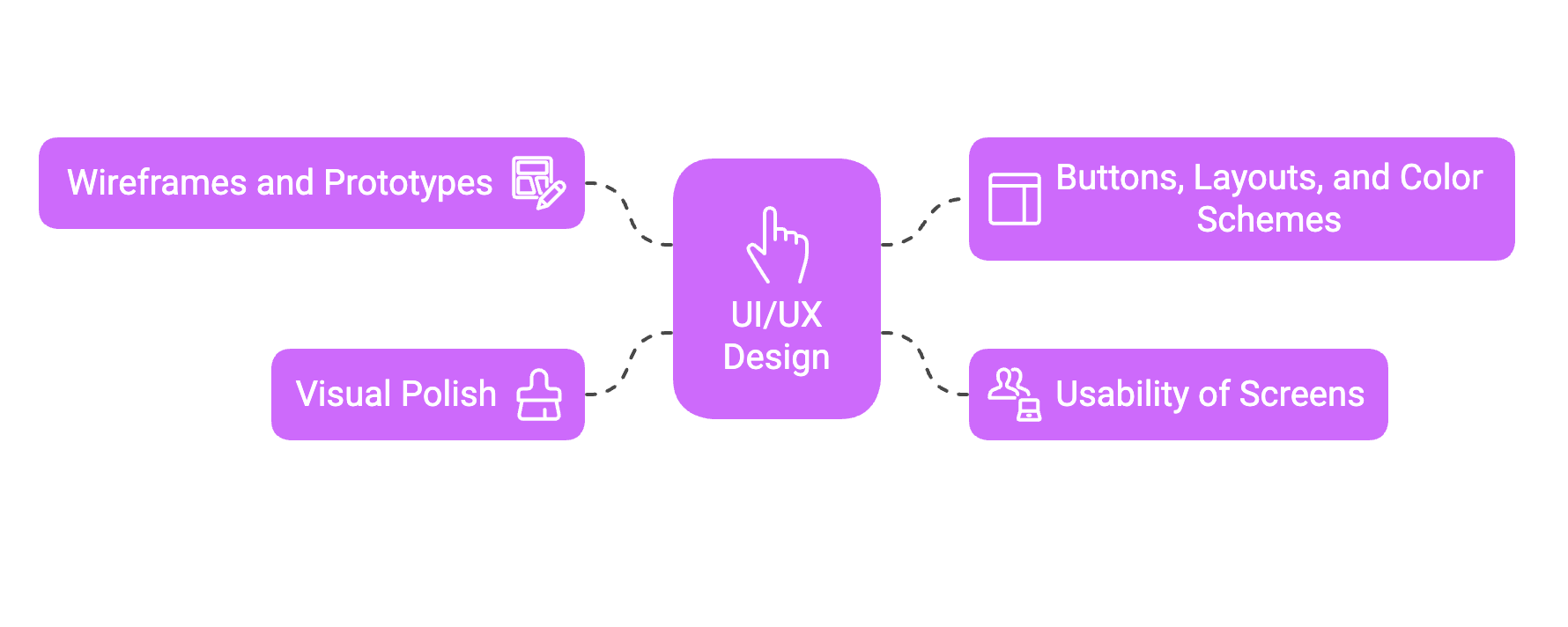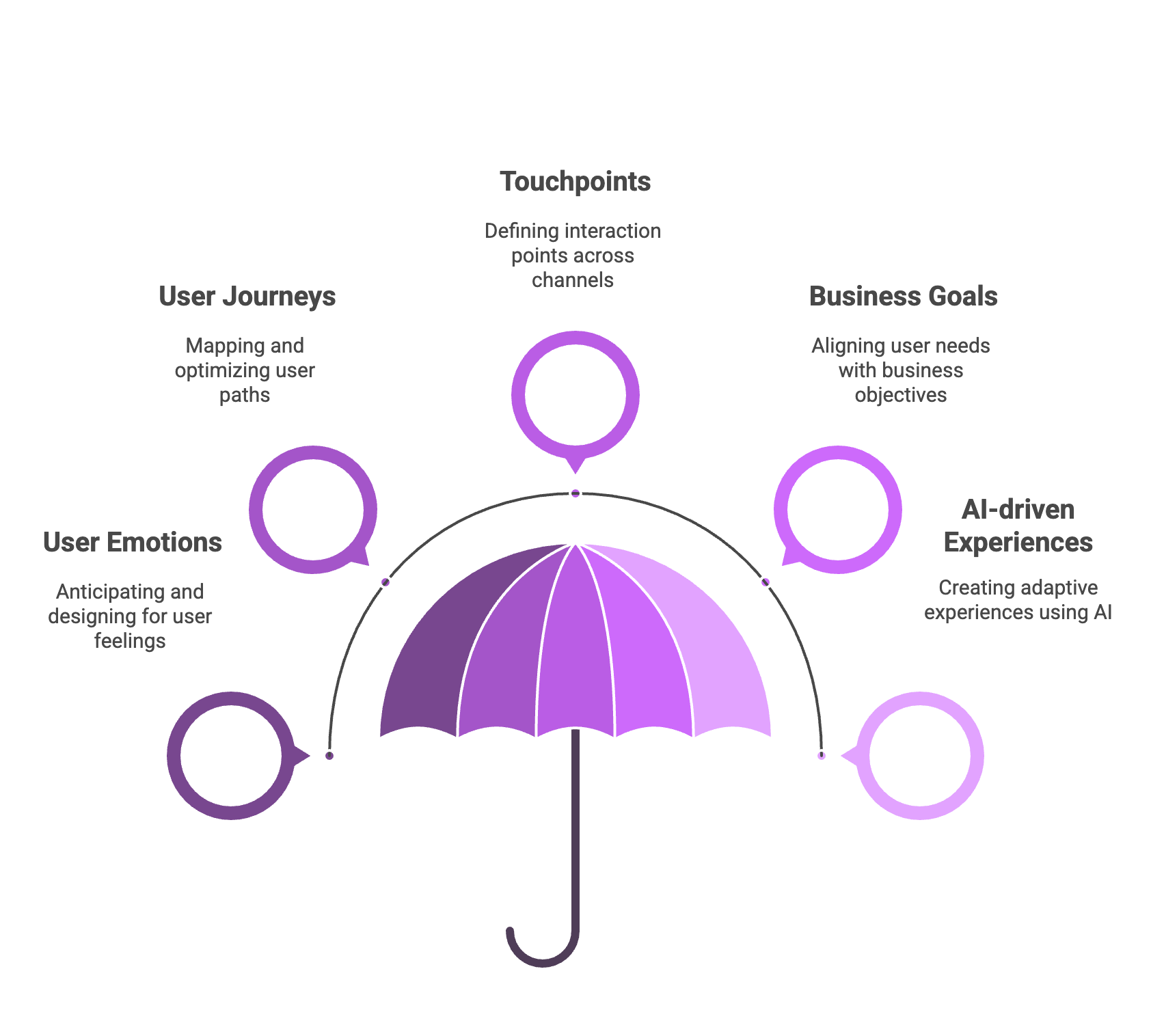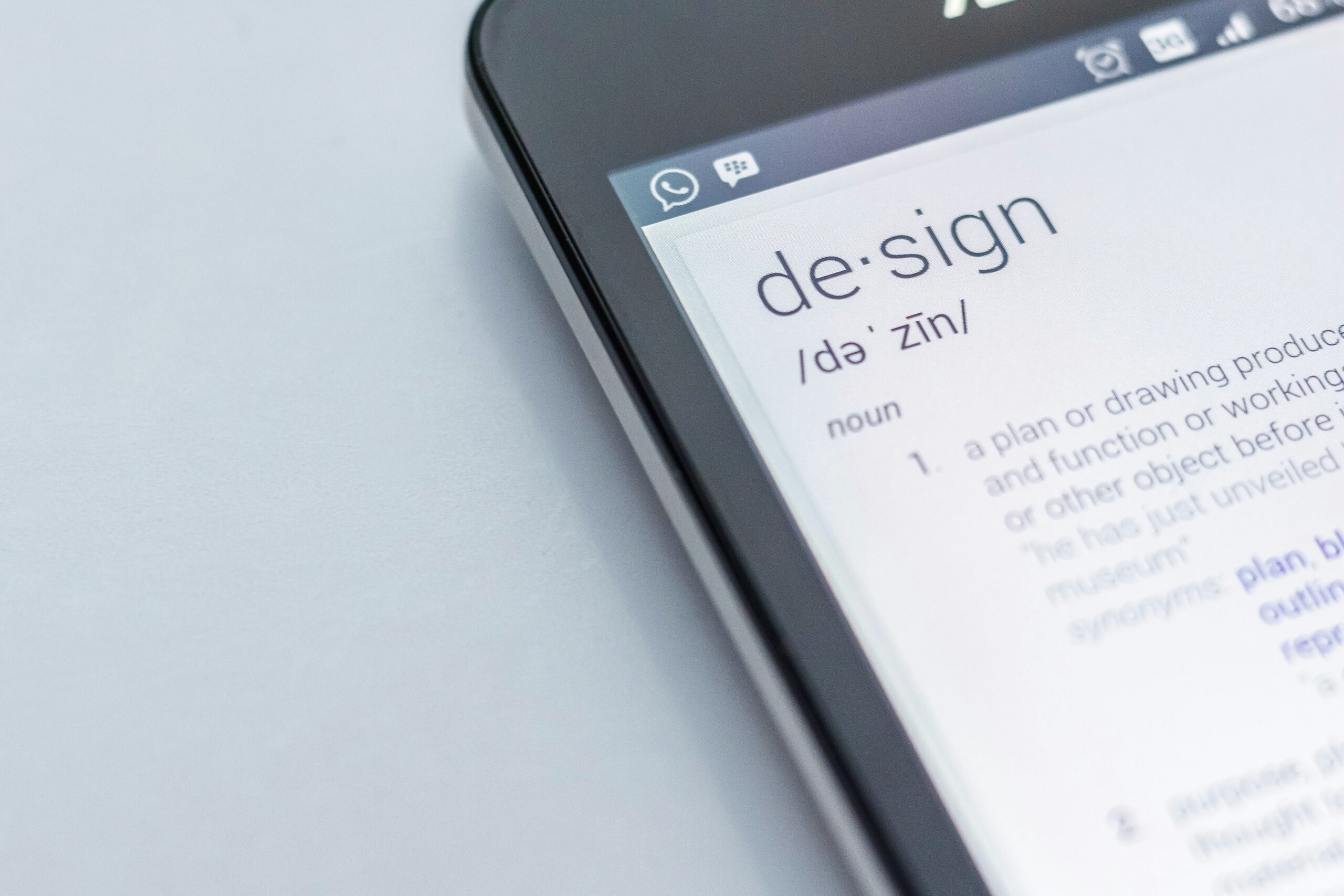“As artificial intelligence (AI) continues to transform various industries, the fields of User interface (UI) and user experience (UX) design are also undergoing significant changes. Designers are no longer just creating static screens; they are empowered to strategize entire user journeys and develop systems that integrate seamlessly with AI. This article explores how designers’ roles are evolving, the challenges they face, and the skills necessary for success in the AI era.”
From Interface Designer to Experience Strategist
The Shift in Focus
AI automates many repetitive UI tasks, such as component layout and theming. This automation allows UX designers to shift their focus from designing individual screens to shaping the entire user experience. The new role of a designer is more strategic, emphasizing experience strategy, ethics, system thinking, and, importantly, human-AI interaction.

What Does This Mean?
The phrase “From Interface Designer → Experience Strategist” signifies an evolution in the role of a UX designer. It is a shift from merely designing screens to influencing the entire user journey and adopting a system-level perspective.
Interface Designer (Traditional Role)
Traditionally, UI/UX designers focused on what the user sees and interacts with on a screen.
Their tasks included:
- Creating wireframes and prototypes
- Designing buttons, layouts, and color schemes.
- Ensuring the usability of individual screens.
- Paying attention to pixels, spacing, and visual polish.
In this role, the primary concern was the aesthetics and functionality of individual interfaces.

Experience Strategist (Evolving Role)
In the AI era, designers are transitioning to experience strategists, focusing on the entire user experience across multiple channels and touchpoints. Their tasks now include:
- Designing how users feel and flow through a product.
- Aligning business goals with user needs.
- Mapping user journeys and defining touchpoints.
- Anticipating user emotions and planning adaptive, AI-driven experiences.
- Focusing on strategy, intent, and impact rather than just visuals.
In Short:
- Interface Designer: How does this screen look and work?
- Experience Strategist: How does the entire product feel, and how does it serve the user across their journey, especially when AI is involved?

Why This Shift in the AI Era?
- Invisible AI Decisions: AI often operates behind the scenes, so designers must focus on building trust, explaining decisions, and personalizing experiences.
- Designing Relationships: Designers craft relationships between humans and machines, not just interfaces.
- Dynamic Systems: Products are no longer static; they are adaptive systems that evolve based on user behavior and AI inputs.
How to Prepare as a UX Designer
To stay relevant in the age of AI, UX designers should:
- Learn AI Basics: Understand concepts like machine learning (ML), natural language processing (NLP), and large language models (LLMs).
- Practice Prompt Writing: Experiment with AI tools to generate ideas, wireframes, and copy.
- Embrace Data-Driven Design: Use data to inform design decisions and measure the impact of your work.
- Hone Design Thinking and Research Skills: AI can’t replicate human empathy, so these skills remain crucial.
